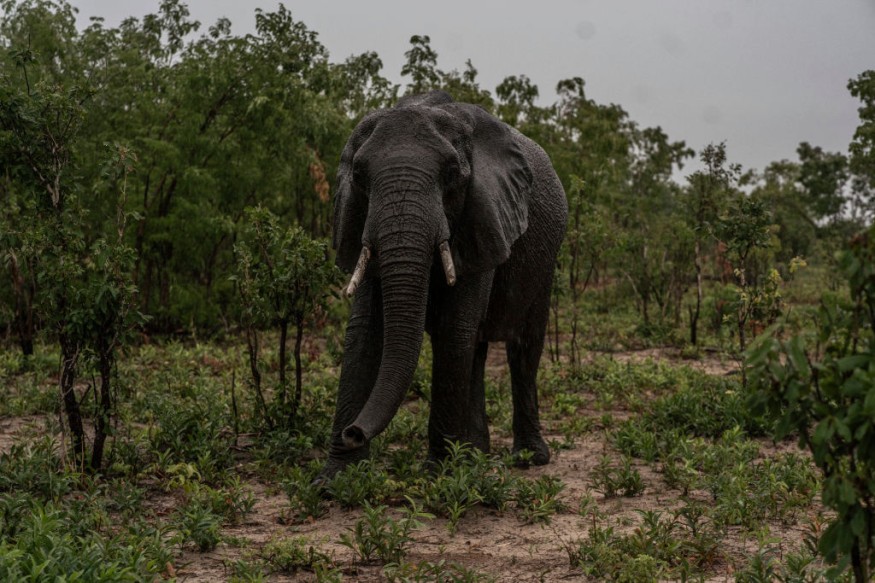
The most recent study suggests that protected areas connected to other places than isolated "fortress" parks help African elephants maintain stable populations by allowing them to migrate back and forth between areas as they did naturally in the past.
Protected Areas
In a study published in Science Advances, titled as ''Protecting and connecting landscapes stabilizes populations of the Endangered savannah elephant,'' population numbers in big, connected, and strictly protected areas often increased, fluctuated less from year to year, and were less vulnerable to poaching.
Population growth in buffer zones that are less protected but still connected varies considerably from year to year. Buffer areas' development rates also vary considerably, most likely due to additional risks and dispersal chances in the face of such perils.
The research used 713 population surveys from 103 protected areas from Tanzania southward to compute growth and decline rates from 1995 to 2020. This included about 290,000 savannah elephants, or 70% of the total in Africa.
The scientists discovered that over the last quarter century, population growth has averaged 0.16% every year.
Elephant populations in well-protected but isolated parks, dubbed "fortress conservation," expand swiftly in the absence of threats but are unsustainable in the long run. Future conservation efforts, such as translocation or birth control, will very certainly be required for these elephants, which are both costly and time-consuming endeavors.
The researchers discovered that the most stable populations exist in big, core areas surrounded by buffer zones.
The core areas are distinguished by their high levels of environmental protection and negligible human influence, while the buffers allow for certain activities such as sustainable farming, forestry, and trophy hunting. In contrast to the insular fortresses, core regions are linked to neighboring parks, allowing herds to wander freely.
Elephants can freely roam in and out of protected areas since they are linked. This allows for a natural equilibrium to exist without the need for human intervention, saving conservationists from having to use their limited resources to preserve balance.
"Connecting protected areas is essential for the survival of African savanna elephants and many other animal and plant species. Populations with more options for moving around are healthier and more stable, which is important given an uncertain future from climate change," said Celesté Maré, co-author and doctoral student at Aarhus University in Denmark.
Poaching Situation In Africa
The researchers also discovered that several places in southern Africa, such as south Tanzania, northern Zambia, and Zimbabwe, continue to suffer from severe poaching declines.
Poaching is also prevalent in east and west Africa, which is not addressed by the study.
Researchers have traced potential links between elephant populations in southern Africa, but decreasing interactions between people and elephants takes careful consideration of local conditions and is still being worked out.
"If you don't take care of the people in the landscape, then it doesn't matter what you try to do for elephants," said Dr. Robert Guldemond at the University of Pretoria, South Africa.
Savannah is home to about half a billion people and encompasses nearly half of Africa.
African elephants are thought to number 415,000 in total. There may have been more than 25 million people roaming the plains centuries ago, but due to population growth, such numbers will not be seen again.
Related Article : Elephant Names: New Study Reveals African Elephants Give Each Other 'Specific Calls'
© 2025 NatureWorldNews.com All rights reserved. Do not reproduce without permission.





